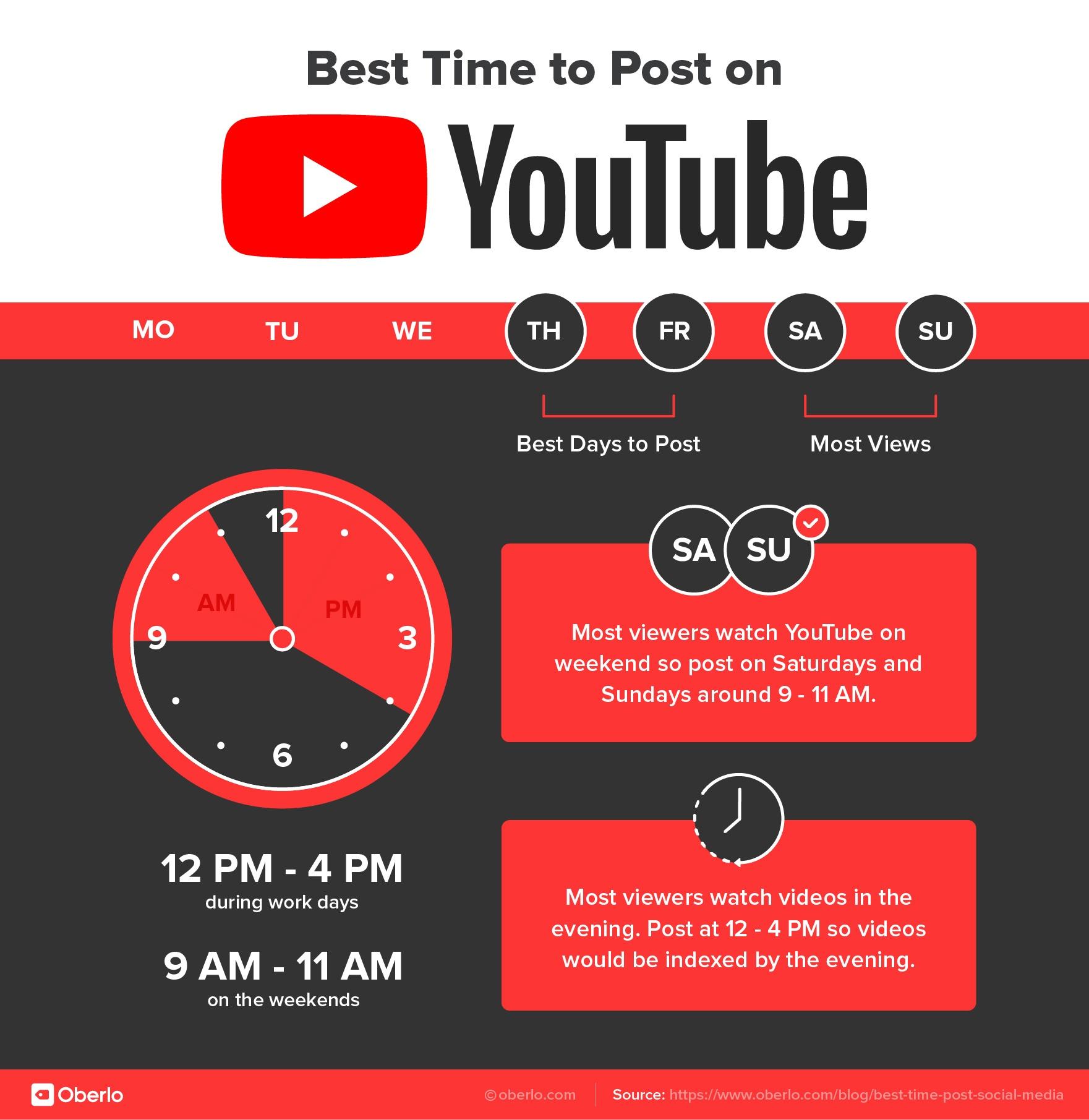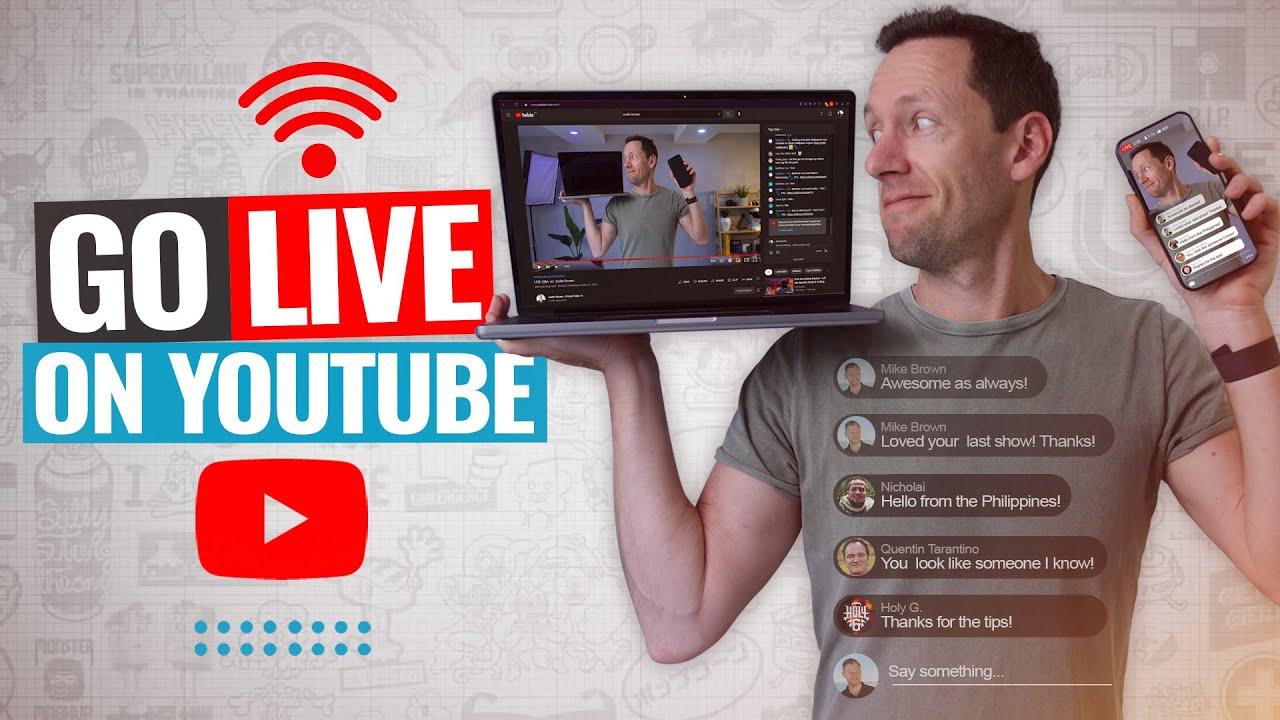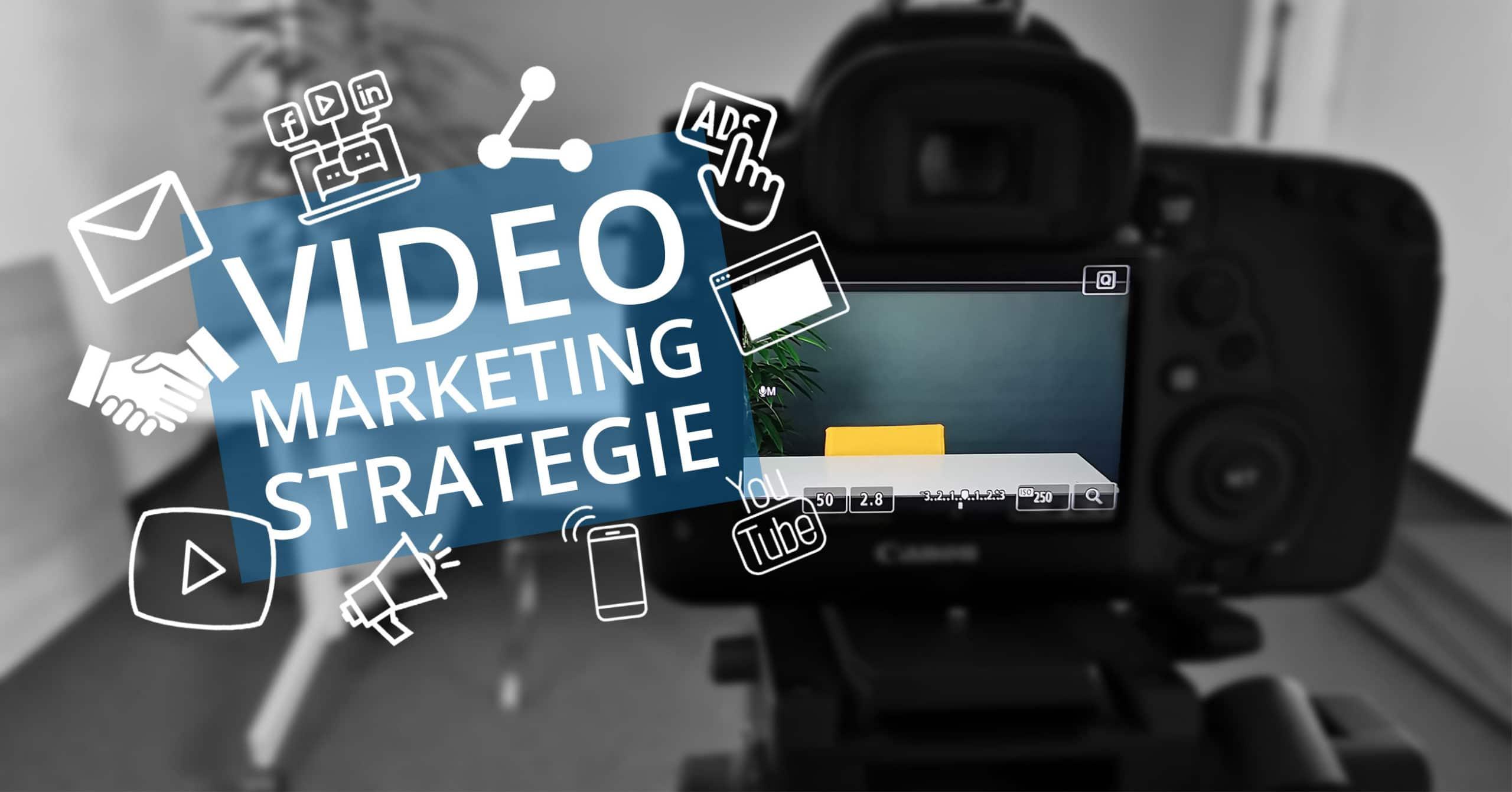Hey there, fellow content creators! Have you ever found yourself scratching your head over those ominous analytics staring back at you, particularly the dreaded “average view duration”? You’re not alone! This elusive metric often leaves creators feeling a mix of confusion and frustration: is my audience really only sticking around for five minutes? Should I be packing my videos with quick hits of entertainment to keep viewers engaged? Or is there more to the story than just that one number? Setting sail through YouTube analytics can feel like navigating stormy seas, but trust me—it’s worth the voyage.
In this article, we’re going to peel back the layers on average view duration. We’ll explore what it really indicates about your audience’s behavior and how it might just hold the key to unlocking your channel’s potential. Spoiler alert: it’s not as straightforward as it seems. From the nuances of subscriber versus non-subscriber viewing habits to the importance of understanding your retention graphs, we’ll delve into the intricacies of this essential metric. So, grab a cup of coffee (or your favorite snack!), and let’s break it all down together. Are you ready to become an analytics aficionado? Let’s dive in!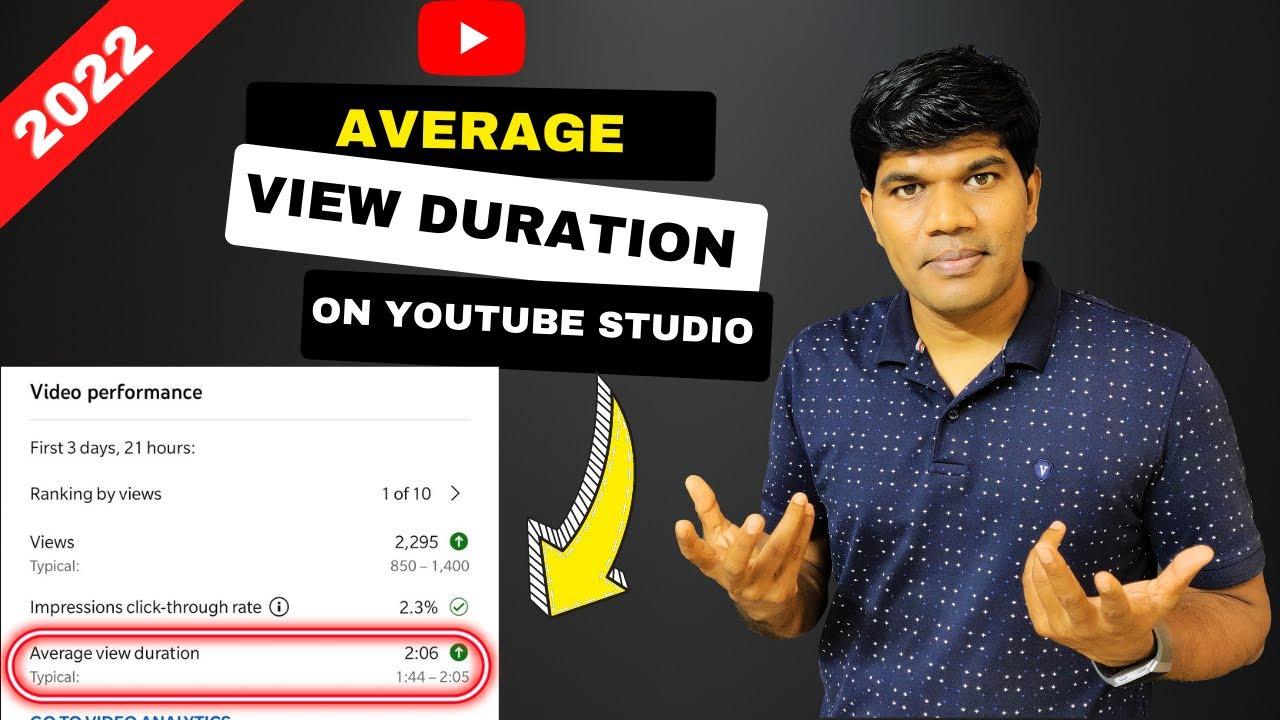
Understanding the Nuances of Average View Duration
When you dive into the rabbit hole of Average View Duration (AVD), it’s easy to feel like you’re chasing shadows. At its core, AVD is just that—a metric representing the average amount of time viewers spend watching your videos. But don’t be fooled by the numbers alone. For instance, if you’ve got a ten-minute video and only a handful of folks stick around for the ending, your AVD might reflect a lower retention rate, skewing the perception that your content just isn’t hitting the mark. So, does this mean your audience is only interested in five-minute snippets? Not necessarily. The average is a blend of both those who binge the whole thing and those who tap out early, and it tells a story much more nuanced than just a single time. It’s all about the big picture—you’ve got to look at who’s engaging and how long they’re staying involved, not just the final count.
Speaking of engagement, thinking about viewer familiarity can be a game changer. When a video reaches new audiences, the average time watched might plummet simply because these viewers haven’t formed a connection with your style yet. The beauty comes in analyzing the difference between your subscribers and non-subscribers. Subscribers, often more invested in your content, will likely hang around longer than the newcomers just sampling the buffet. Check your analytics for those juicy insights; they’ll shed light on your audience’s preferences and help you tailor your future projects. Maybe those long-form videos aren’t going to waste after all—they could be just the ticket for the right crowd. So instead of cutting your content to fit a perceived five-minute audience, why not explore areas where you can inspire longer watch times? Your analytics are a treasure trove waiting to be unearthed!
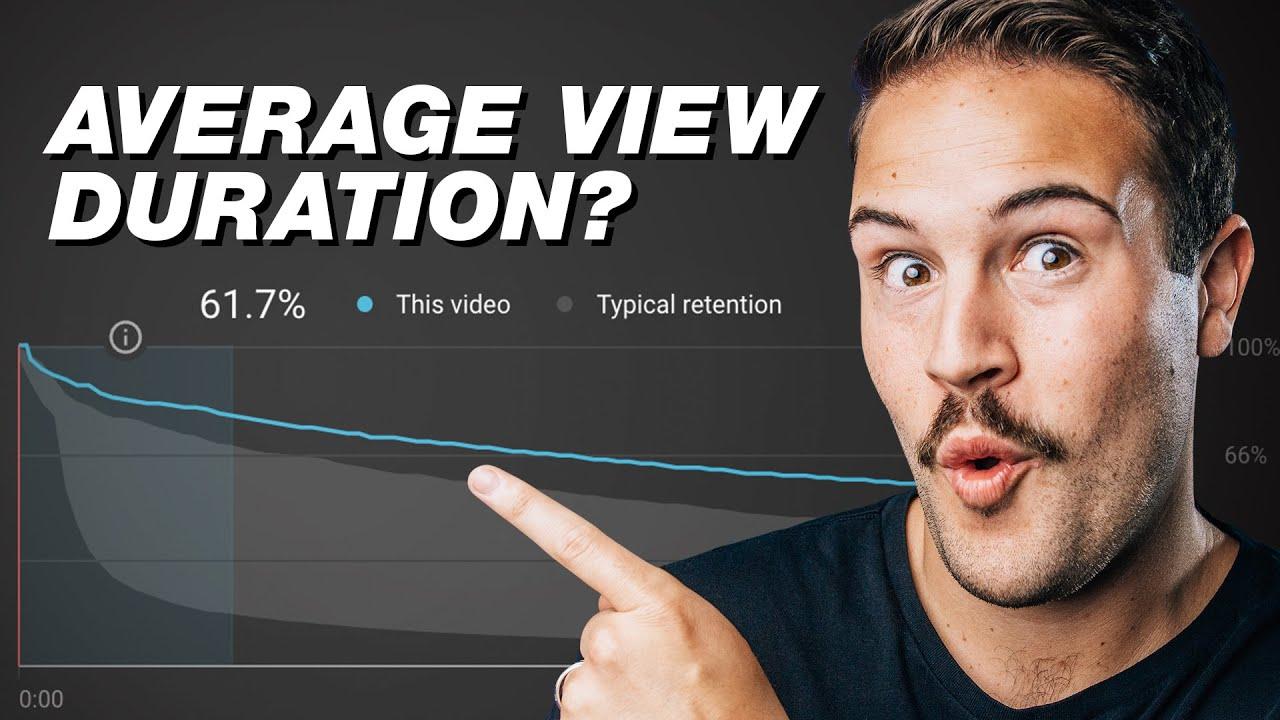
Decoding the Metrics: Why Average Isnt Always What It Seems
When diving into the analytics pool, it’s easy to get lost in the numbers—especially when it comes to average view duration. It’s kind of like looking at a thermometer; you see the temperature at a glance, but it doesn’t tell you about every mini heatwave or chilly snap that happened throughout the day. Just because your average view duration hovers around five minutes doesn’t mean your entire audience is clocking out early. Think of it this way: if you’ve got a group of ten people watching a ten-minute video and one of them leaves after just five seconds, it brings down the average significantly. But that doesn’t mean the other nine haven’t stayed and soaked up every minute. This number can mislead you into believing a narrative that simply isn’t true about your audience’s engagement.
Furthermore, consider the dynamics of viewer loyalty. You might notice that subscribers tend to stick around longer than those venturing in for the first time. They already have a vested interest in your content and are likely to watch more than just the initial few minutes. If you dissect your analytics further, you’ll find a wealth of insights by comparing the behavior of subscribers versus non-subscribers. This can clarify whether your content meets the expectations of your core audience or if it’s lagging among new viewers. So before you scrap your longer videos just because of a pesky average, take a peek at your retention graphs. They could paint a completely different picture of how engaged your audience actually is!
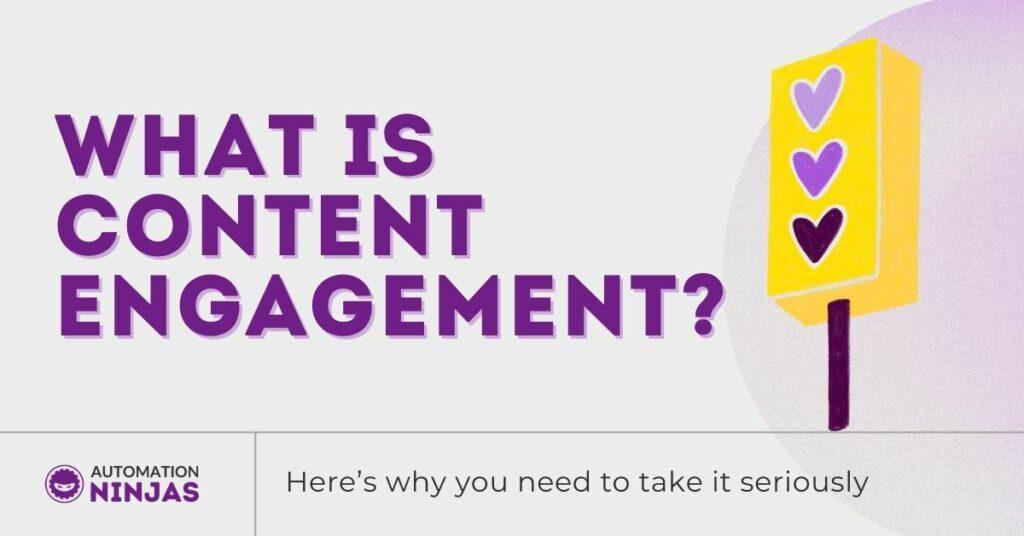
Tailoring Your Content to Engage and Retain Viewers
Understanding viewer behavior is kind of like peering into a crystal ball; what you see in your analytics might not tell the whole story. For instance, if your average view duration clocks in at around five minutes, don’t jump to the conclusion that your audience has a short attention span. Think about it like this: averages can be warped by a few outliers, much like a class average can be skewed by one student who aces everything while others flounder. If most of your audience is engaged beyond the five-minute mark, then you might just be misinterpreting the numbers! Instead, zero in on more granular metrics like subscriber vs. non-subscriber watch times; these reveal who’s truly invested in your content.
Now, consider how exposure to new viewers can impact your average view duration. Imagine walking into a room full of strangers compared to hanging out with your friends. With strangers, you might not feel comfortable enough to stick around for long, right? Similarly, when new viewers stumble upon your videos, their unfamiliarity may lead them to click away sooner. To truly engage your audience, aim to craft videos that not only cater to the interests of newcomers but also deepen the connection with your loyal followers. This requires a delicate balance—think of your videos as a fine meal. They should have some unique ingredients to entice new palates, but the familiar flavors will keep your regular diners coming back for seconds!

Strategies to Improve Viewer Engagement Beyond the Numbers
To enhance viewer engagement, it’s crucial to understand that average view duration isn’t a standalone metric; it tells only part of the story. Think of it like an iceberg—what you see on the surface might not reflect what’s going on beneath. For instance, when diving into your analytics, investigate the retention rates for both subscribed and unsubscribed viewers. Are your loyal fans tuning in longer than casual viewers? This distinction is key because it shows that once viewers have committed to you, they often stick around longer. So, don’t just focus on the numbers; explore patterns and behaviors in your audience to tailor your content more effectively. Are they engaging better with certain video lengths or topics? Adjusting your strategy based on this can keep them hooked.
Another strategy lies in storytelling and pacing. Consider your video like a rollercoaster ride: it needs thrilling highs and calm lows to keep the audience coming back for more. Instead of simply maximizing video length, think about how to structure your content to maintain curiosity from start to finish. Employ elements like cliffhangers, visuals, and humor to hold attention. Break down complex topics into digestible segments and encourage interaction through questions or prompts. By inviting viewers to participate, you’re not just measuring their engagement by how long they stay, but also by how much they contribute. So, let your content not only tell a story but also invite your audience on a journey where they feel connected and invested.
The Conclusion
As we wrap things up, let’s take a moment to reflect on the gems we’ve uncovered about Average View Duration! Isn’t it fascinating how a number can carry such weight, yet often gets misinterpreted? If you’ve ever felt mystified by your analytics, you’re definitely not alone.
We chatted about how understanding the difference between average and median can make or break your strategy moving forward. Remember, your audience is anything but a monolith. Just because the average view duration hovers around five minutes doesn’t mean that’s all your viewers are worth! As we learned, digging deeper into who your viewers are – those loyal fans versus casual new visitors – can really change the way you approach content creation.
And here’s a little food for thought: what if instead of limiting yourself to those five-minute videos, you challenged yourself to create a richer experience? After all, the sweet spot for engagement may just be waiting for you to discover it! So, the next time you check your metrics, think outside the box and use those insights to fuel your creativity, rather than confine it.
Thanks for joining me on this journey into the nitty-gritty of YouTube analytics! If you found this exploration insightful, don’t hesitate to dive into the comments and share your experience or ask any lingering questions. Until next time, keep experimenting and remember—every view counts and every viewer has a story! Happy creating!
